S.M. Blinder
Wolfram Research, Inc. Champagn, IL, USA and University of Michigan, Ann Arbor, MI, USA
Copyright
Elsevier
32 Jamestown Road, London NW1 7BY
225 Wyman Street, Waltham, MA 02451, USA
First edition 2008
Second edition 2013
Copyright 2013 Elsevier Inc. All rights reserved
No part of this publication may be reproduced or transmitted in any form or by any means, electronic or mechanical, including photocopying, recording, or any information storage and retrieval system, without permission in writing from the publisher. Details on how to seek permission, further information about the Publishers permissions policies and our arrangement with organizations such as the Copyright Clearance Center and the Copyright Licensing Agency, can be found at our website: www.elsevier.com/permissions
This book and the individual contributions contained in it are protected under copyright by the Publisher (other than as may be noted herein).
Notices
Knowledge and best practice in this field are constantly changing. As new research and experience broaden our understanding, changes in research methods, professional practices, or medical treatment may become necessary.
Practitioners and researchers must always rely on their own experience and knowledge in evaluating and using any information, methods, compounds, or experiments described herein. In using such information or methods they should be mindful of their own safety and the safety of others, including parties for whom they have a professional responsibility.
To the fullest extent of the law, neither the Publisher nor the authors, contributors, or editors, assume any liability for any injury and/or damage to persons or property as a matter of products liability, negligence or otherwise, or from any use or operation of any methods, products, instructions, or ideas contained in the material herein.
British Library Cataloguing-in-Publication Data
A catalogue record for this book is available from the British Library
Library of Congress Cataloging-in-Publication Data
A catalog record for this book is available from the Library of Congress
ISBN: 978-0-12-407163-6
For information on all Elsevier publications visit our website at store.elsevier.com
This book has been manufactured using Print On Demand technology. Each copy is produced to order and is limited to black ink. The online version of this book will show color figures where appropriate.

To the Reader
Let me first tell you how the idea for this book came about. Many years ago, when I was a young assistant professor, I enthusiastically began my college teaching in a Junior-level course that was supposed to cover quantum mechanics. I was eager to share my recently-acquired insights into the intricacies of this very profound and fundamental subject which seeks to explain the structure and behavior of matter and energy. About five minutes into my first lecture, a student raised his hand and asked, Sir, what is that funny curly thing? The object in question was

Also, within the first week, I encountered the following very handybut unfortunately wrongalgebraic reductions:

Thus began my introduction to Real Life in college science courses!
All of you herein these intermediate-level physics, chemistry, or engineering courseare obviously bright and motivated. You got through your Freshman and Sophomore years with flying colorsor at least reasonable enough success to be still here. But maybe you had a little too much fun during your early college yearswhich is certainly an inalienable privilege of youth! Those math courses, in particular, were often a bit on the dull side. Oh, you got through OK, maybe even with As or Bs. But somehow their content never became part of your innermost consciousness. Now you find yourself in a Junior, Senior, or Graduate level science course, with prerequisites of three or four terms of calculus. And your Prof assumes you have really mastered the stuff. On top of everything, the nice xs, ys, and zs of your math courses have become  s,
s,  s,
s,  s and other unfriendly-looking beasts.
s and other unfriendly-looking beasts.
This is where I have come to rescue you! You dont necessarily have to go back to your prerequisite math courses. You already have, on some subconscious level, all the mathematical skills you need! So here is your handy little Rescue Manual. You can read just the parts of this book you think you need. And there are no homework assignments. Instead, we want to help you do the problems you already have in your science courses. You should, of course, work through and understand steps we have omitted in presenting important results. In many instances, it is easier to carry out a multistep derivation in your own way rather than to try and follow someone elses sequence of manipulations.
SMB
Ann Arbor
June 2006
Preface to Second Edition
, I have updated the format of the NCAA basketball tournament to reflect its expansion to 68 teams.
A (translated) quotation attributed to Leibniz states that It is unworthy of excellent men to lose hours like slaves in the labor of calculation With modern computer software, it is now possible to perform, with remarkabke facility, not only numerical but also symbolic calculations involving algebra and calculus. I am an enthusiastic user of MathematicaTM as an indispensible aid to my mathematical and scientific work. Other symbolic mathematical programs which will provide many of the same befefits are Maple and Mathcad.
A useful adjunct to this book is the Wolfram Demonstration Project. This has been available on the Web at http://demonstrations.wolfram.com since 2007 and contains a growing collection, approaching 10,000 Demonstrations, mostly on scientific and mathematical topics. This should prove very instructive to the same audience to which this book is addressed. I feel privileged to have been associated with this project. I would also like to acknowledge the assistance of my colleagues at Wolfram Research for their unfailing assistance and encouragement.
Since this little book is simply an introduction to several useful mathematical concepts, the reader will undoubtedly need to seek other sources for more exhaustive coverage of specific topics. There exist, of course, thousands of excellent textbooks and references on mathematics, but I have found it very useful to refer to two online sites as a starting point. One is Wolfram MathWorld at http://mathworld.wolfram.com. The second is the continually expanding online encyclopedia: Wikipedia, at http://en.wikipedia.org.


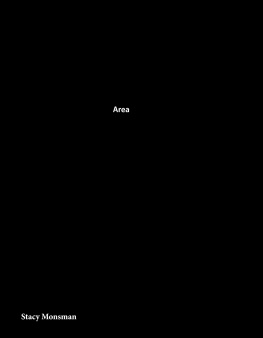
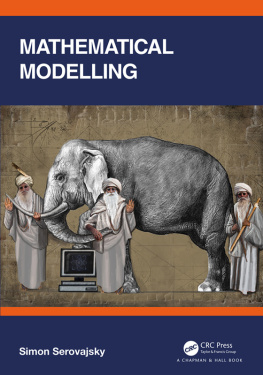
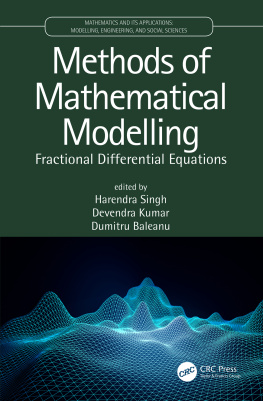
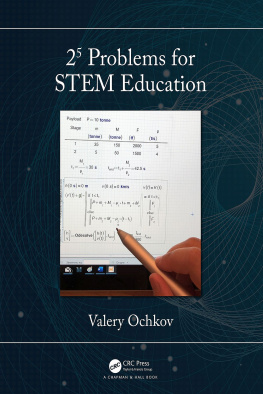

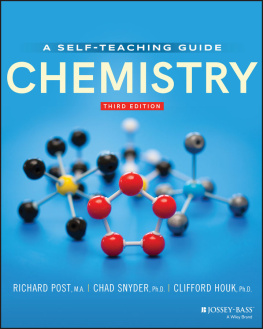


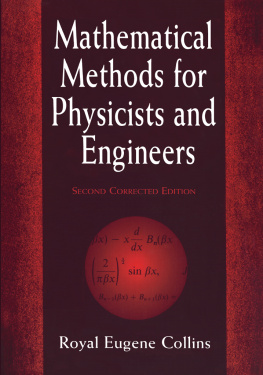
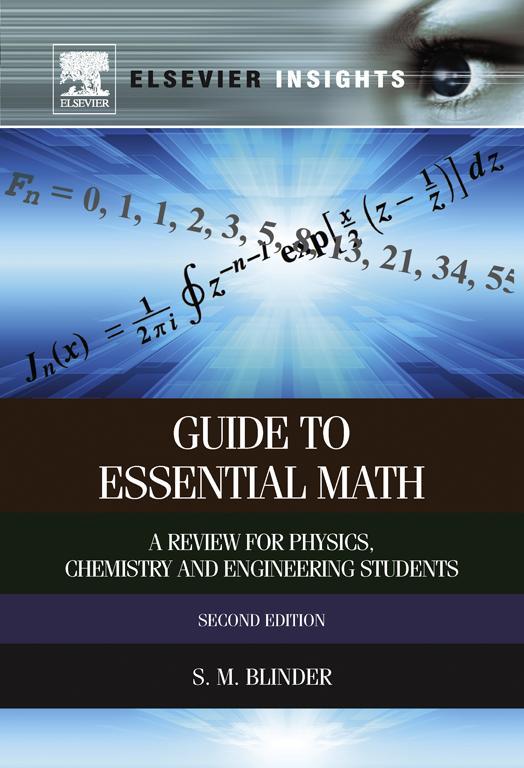




 s,
s,  s,
s,  s and other unfriendly-looking beasts.
s and other unfriendly-looking beasts.